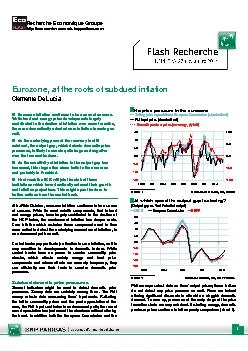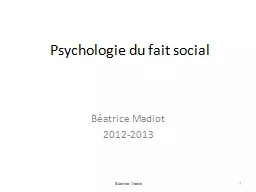PDF-Recherche Economique Groupe
Author : tatyana-admore | Published Date : 2015-11-05
httpeconomic researchbnpparibascom 1 Eurozone at the roots of subdued inflation Clemente De Lucia xF0A2 Eurozone i nflation continues to be a case of concern While
Presentation Embed Code
Download Presentation
Download Presentation The PPT/PDF document "Recherche Economique Groupe" is the property of its rightful owner. Permission is granted to download and print the materials on this website for personal, non-commercial use only, and to display it on your personal computer provided you do not modify the materials and that you retain all copyright notices contained in the materials. By downloading content from our website, you accept the terms of this agreement.
Recherche Economique Groupe: Transcript
Download Rules Of Document
"Recherche Economique Groupe"The content belongs to its owner. You may download and print it for personal use, without modification, and keep all copyright notices. By downloading, you agree to these terms.
Related Documents














